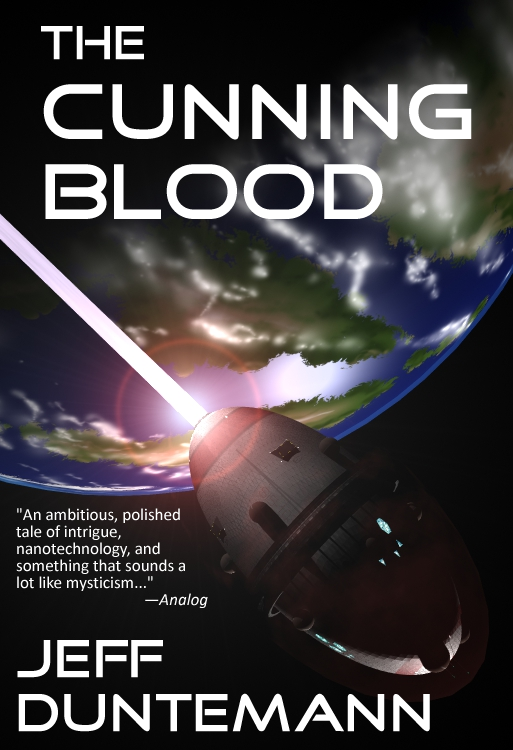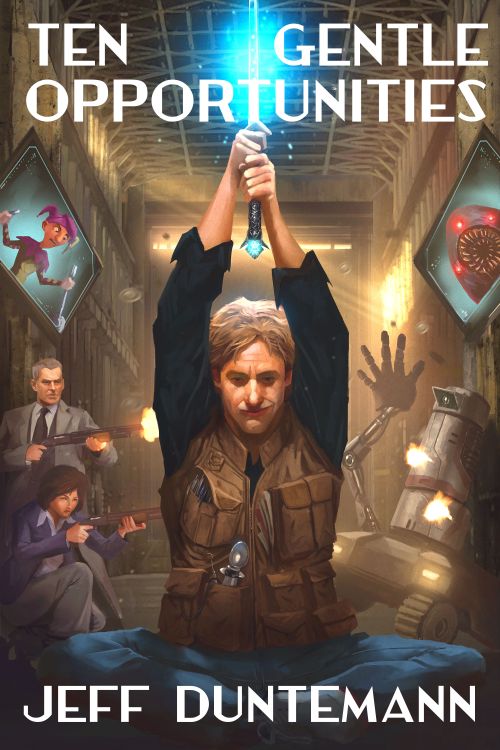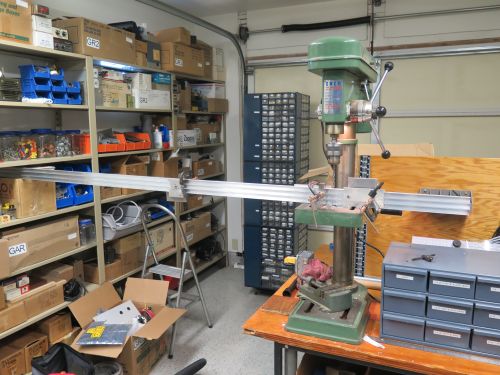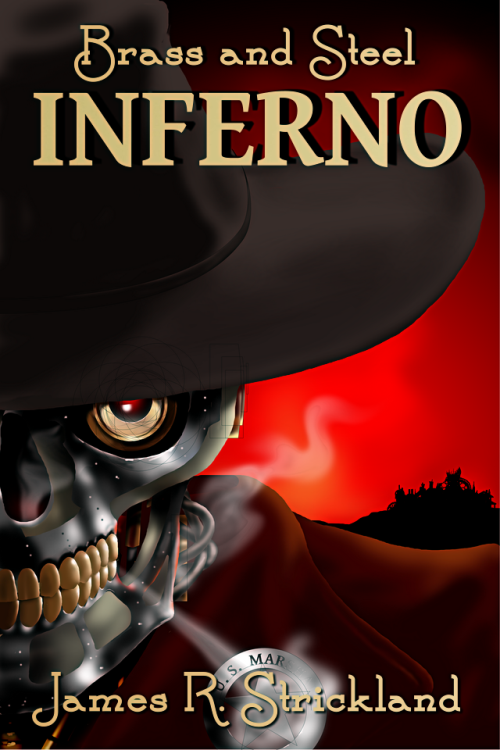
Hard to believe: I finished the first draft of The Cunning Blood twenty years ago today, on March 27, 1999. I created a progress spreadsheet and used it to store a word count for every day that I added to the manuscript.The spreadsheet does not cover the whole novel. I created it when I was about 50,000 words in. There is a date on every entry, which allows me to gauge how often I wrote, and how much I wrote on any given day. My maximum word count was 5,162. My minimum was 33. The median was about 1,800. The total finished word count for the first draft was 135,680, which grew to about 143,000 after some edit passes and a couple of added scenes for continuity’s sake. I don’t remember when I started writing it, but I’m pretty sure (based on some emails I shared with friends about the project) that it was sometime in October 1997.
That book was hard work.
What boggles me today is how much of it was concocted without my conscious knowledge. Through most of the story I was not just flying by the seat of my pants; I was flying without any pants at all. I frequently had no idea what a chapter would contain until I started writing it. It got worse than that: I did not know that Geyl Shreve would detonate a long line of LPG gas tank railroad cars with a pocket missile until three paragraphs before she did it. There was a little planning here and there, but not much. As best I can figure, the novel self-assembled somehow in my subconscious, and came out pretty clean with almost no outlining or planning ahead of the current position of the cursor. I had to exert some force-of-will toward the end, when I was way past my target length of 100,000 words and part of me still wanted to toss in new story arcs and new characters. (That’s a problem I have to this day.)
I learned a lot about how to write a novel, that’s fersure.
I mention all this history here because a lot of people think that because the novel was first published in hardcover in the fall of 2005, that I wrote it in 2004. Uh-uh. I sent it to several publishers between 1999 and 2005 without much luck. Betsy Mitchell of Aspect (an imprint of Time Warner now belonging to Hachette Group) was polite and encouraging, but ultimately turned it down. Tor responded to a query and requested the manuscript–and then ghosted me. Really: After I sent the manuscript to them in March 2001, I never heard from them again. Ever. I sent email queries, which were never answered. I finally sent a written letter withdrawing the manuscript from consideration in July 2002. I didn’t get a response. They did not return the manuscript. Just silence. Dead silence. My long, gradual entry into the SF indie camp began that summer, and I’ve never looked back. These days, Manhattan needs writers way more than writers need Manhattan.
I eventually sold the novel to a small press in the Chicago suburbs, and they did a pretty good job with it, especially in terms of getting reviews. I got a rave in Analog, and a strong endorsement from Glenn Reynolds of Instapundit, along with other very good press. However, I’m not entirely sure that the hardcover ever saw the inside of a bookstore. (The Colorado Springs public library did buy two copies, which astounded me.)
Some of the problems selling the novel may have been due to what little politics I put in it, which had a libertarian slant with a huge footnote: I’m willing to admit that there is no such thing as utopia, and did not portray either Earth nor its prison planet Hell as fiat utopias. Nor were they dystopias. All societies have problems of one sort or another. As the Sangruse Device put it in the story: There are different kinds of freedom, and different kinds of imprisonment. I’m not sure I could state the novel’s theme more concisely than that.
It doesn’t matter. I was exploring ideas. I was not preaching any sermons. I had a big potful of ideas and was having fun with them. I had set out to write the ultimate action/adventure hard SF story. Judging by reader reactions since 2005 and (especially) since the ebook’s release in 2015, I think I succeeded.
Publishing a trade paperback edition through CreateSpace at the end of 2018 finally brought the project to a close. It’s sold well: up in the thousands, all editions taken together, and probably made me more money as an indie title than it would have under a big Manhattan imprint.
The big question, of course, is what to do next. I’m 77,000 words into Dreamhealer, and starting to pull all the plot threads together. I hope to finish it before the end of May. After that, well, it’s either something about the drumlins or The Molten Flesh. People have been pestering me for a sequel to The Cunning Blood since it first hit print in 2005. (My alpha readers have been pestering me even longer.) I have a couple of characters and a concept, plus a growing pot of ideas. I don’t have a plot. I tried to outline it. My subconscious basically said, No deal. (Right brains can be funny that way.) I may not know how any of the story goes until three paragraphs before I write it. That strategy has worked before. It’s worked (with greater or lesser success) all through Dreamhealer, though I’ve had to take a whip to my right brain here and there to keep it on task. Do I trust my subconscious enough to try it again?
Do I have a choice? Heh. We’ll damned well see.














